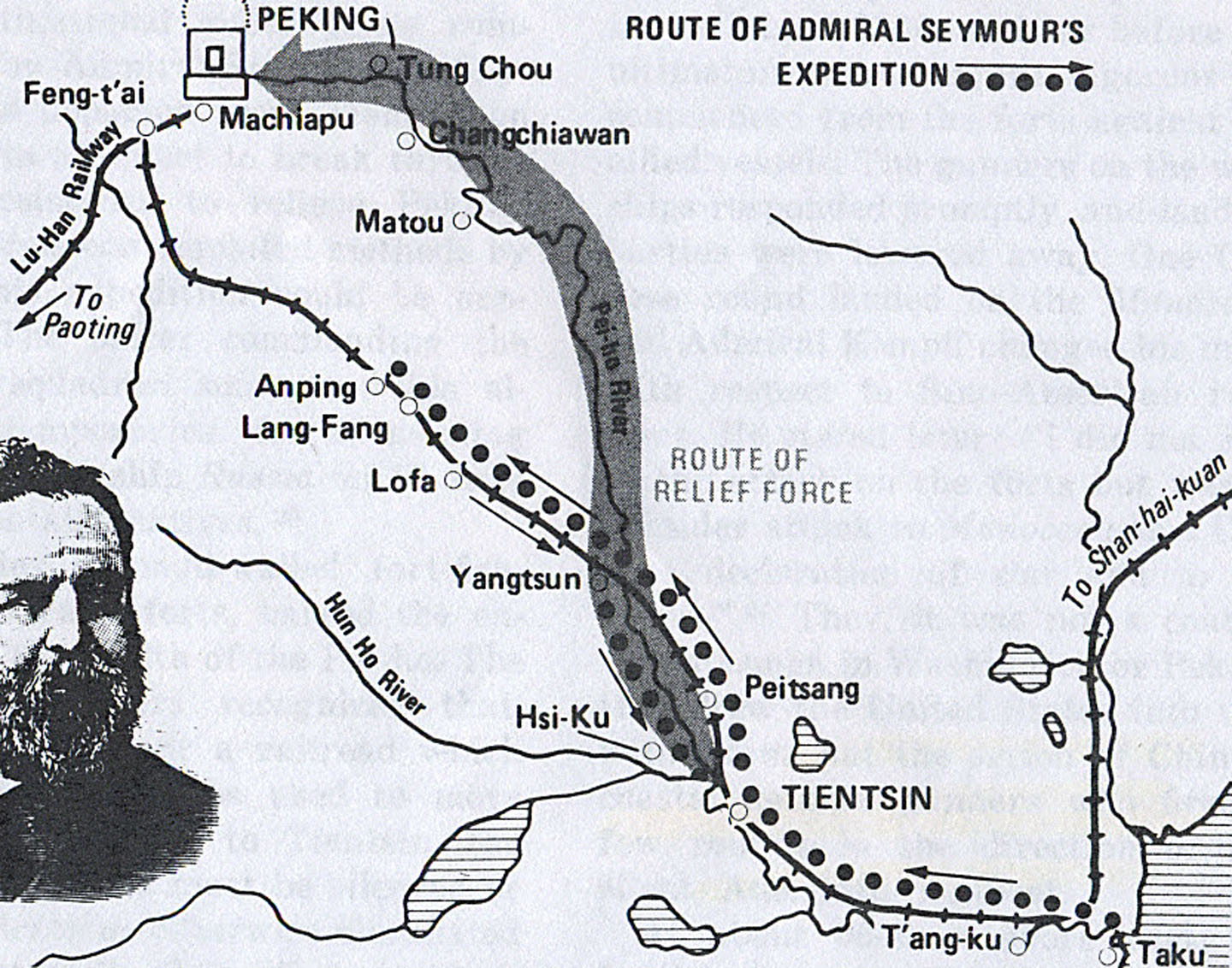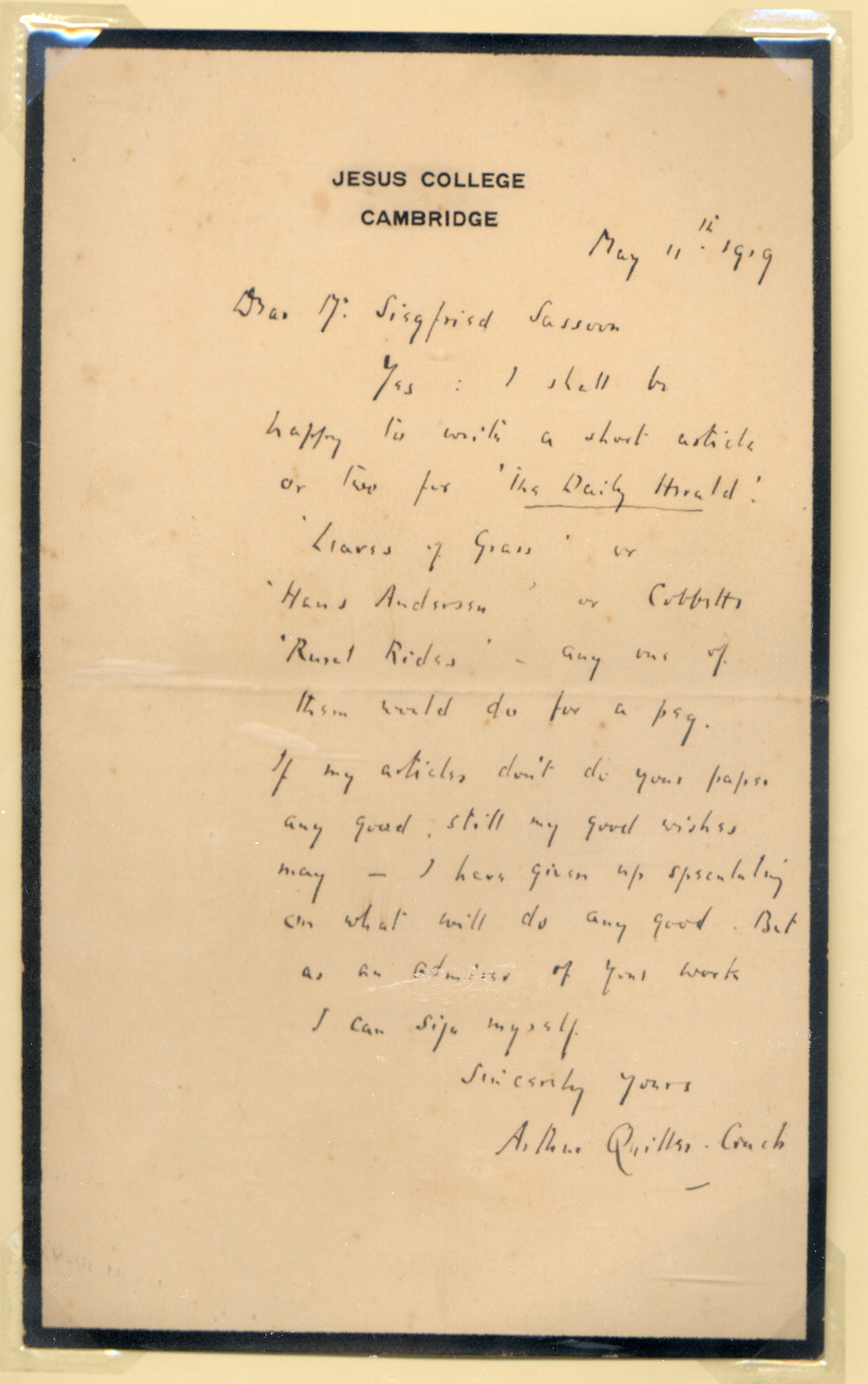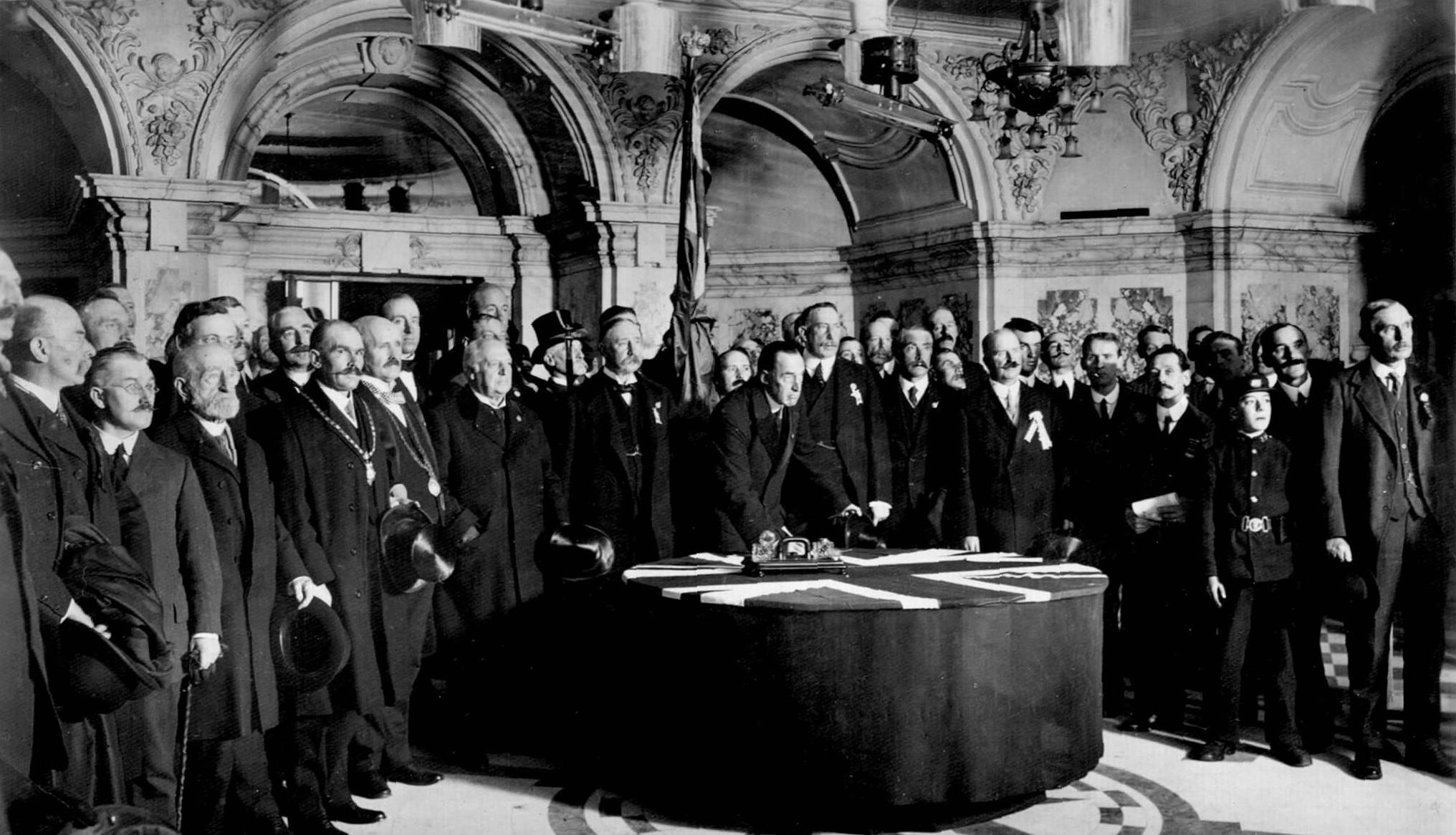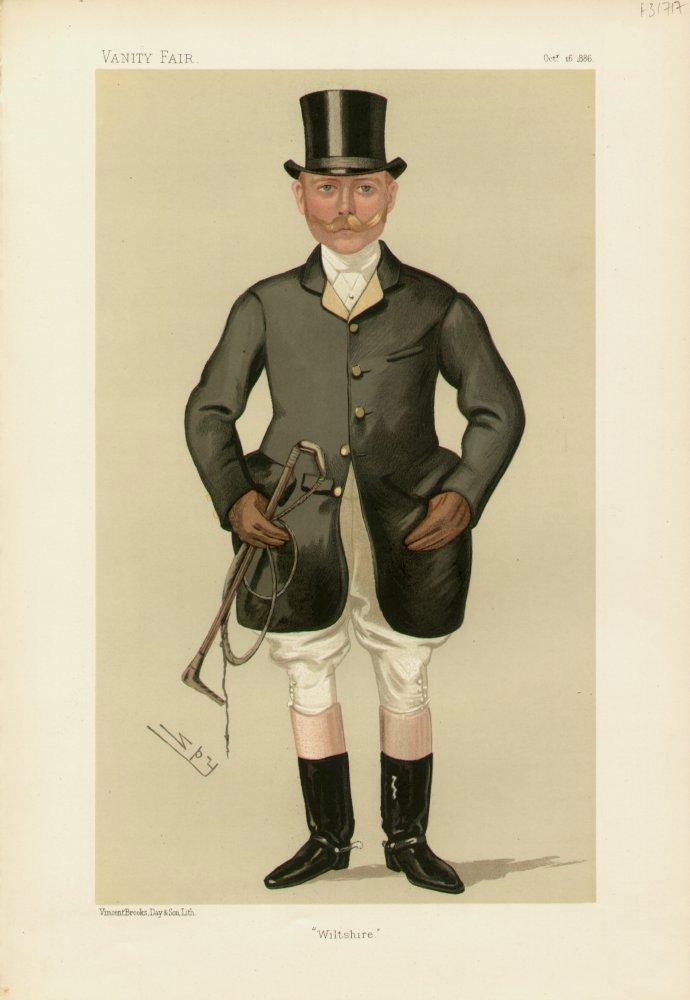|
British Covenant
The British Covenant was a protest organised in 1914 against the Third Home Rule Bill for Ireland. It largely mirrored the Ulster Covenant of 1912. With the failure of Asquith and Bonar Law to reach a compromise on the delayed bill, Law accepted that a compromise was unlikely, and from January 1914 onwards returned to the position that the Unionists were "opposed utterly to Home Rule". The campaign was sufficient to bring the noted organiser Lord Milner back into politics to support the Unionists, and he immediately asked L. S. Amery to write a ''British Covenant'' saying that the signers would, if the Home Rule Bill passed, "feel justified in taking or supporting any action that may be effective to prevent it being put into operation, and more particularly to prevent the armed forces of the Crown being used to deprive the people of Ulster of their rights as citizens of the United Kingdom".Adams (1999) p.146 The Covenant was announced at a massive rally in Hyde Park on 4 April 1914 ... [...More Info...] [...Related Items...] OR: [Wikipedia] [Google] [Baidu] |
Third Home Rule Bill
The Government of Ireland Act 1914 (4 & 5 Geo. 5 c. 90), also known as the Home Rule Act, and before enactment as the Third Home Rule Bill, was an Act of Parliament, Act passed by the Parliament of the United Kingdom intended to provide home rule (self-government within the United Kingdom of Great Britain and Ireland, United Kingdom) for Ireland. It was the third such bill introduced by a Liberal (UK), Liberal government during a 28-year period in response to Irish Home Rule movement, agitation for Irish Home Rule. The Act was the first law ever approved by the Parliament of the United Kingdom that provided for a devolution, devolved government in any part of the UK proper (as opposed to colonial territories). However, the implementation of both it and the equally controversial Welsh Church Act 1914 was Suspensory Act 1914, formally postponed for a minimum of twelve months with the beginning of the First World War. The continuation of the war beyond 1915 and subsequent develo ... [...More Info...] [...Related Items...] OR: [Wikipedia] [Google] [Baidu] |
Edward Hobart Seymour
Admiral of the Fleet Sir Edward Hobart Seymour, (30 April 1840 – 2 March 1929) was a Royal Navy officer. As a junior officer he served in the Black Sea during the Crimean War. He then took part in the sinking of the war-junks, the Battle of Canton and the Battle of Taku Forts during the Second Opium War and then saw action again at the Battle of Cixi during the Taiping Rebellion. Seymour went on to be Second-in-Command of the Channel Squadron and then Admiral Superintendent of Naval Reserves. After that he became Commander-in-Chief, China Station. During the Boxer Rebellion, he led an expedition of 2,000 sailors and marines from Western and Japanese warships to relieve the besieged diplomatic legations in Peking. The expedition was defeated by Chinese and Boxer forces and had to return to Tianjin. Although the mission had failed, when Seymour arrived back at Portsmouth he and his men were welcomed by thousands of people lining the beach and pier. Early career Born the ... [...More Info...] [...Related Items...] OR: [Wikipedia] [Google] [Baidu] |
HMS Firedrake (1912)
HMS ''Firedrake'' was a modified , named after the firedrake of Teutonic mythology, and the sixth ship of the Royal Navy to bear the name. Construction Sir Alfred Yarrow maintained that it was possible to build strong, seaworthy destroyers with a speed of , and a contract for three such boats was placed with Yarrow & Company of Scotstoun, Glasgow. The "Firedrake Specials", "Special I class" or "Yarrow Specials" were a little larger than the rest of the class but carried the same armament. ''Firedrake'', and were, however, distinctive in appearance and at least faster than the rest of their class. They all exceeded their contract speed, ''Lurcher'' making over . ''Firedrake'' became part of the Royal Navy's 1st Destroyer Flotilla. Curragh Incident During the Curragh Incident in the spring of 1914, ''Firedrake'' was despatched to Kingstown (now Dún Laoghaire in the Republic of Ireland) in order to preserve communications between Lieutenant General Sir Arthur Paget i ... [...More Info...] [...Related Items...] OR: [Wikipedia] [Google] [Baidu] |
Curragh Incident
The Curragh incident of 20 March 1914, sometimes known as the Curragh mutiny, occurred in the Curragh, County Kildare, Ireland. The Curragh Camp was then the main base for the British Army in Ireland, which at the time still formed part of the United Kingdom of Great Britain and Ireland. Ireland was scheduled to receive a measure of devolved government, which included Ulster, later in the year. The incident is important in 20th-century Irish history, and is notable for being one of the few occasions since the English Civil War in which elements of the British military openly intervened in politics. It is widely thought of as a mutiny, though no orders actually given were disobeyed. With Irish Home Rule due to become law in 1914, the British Cabinet contemplated some kind of military action against the unionist Ulster Volunteers who threatened to rebel against it. Many officers, especially those with Irish Protestant connections, of whom the most prominent was Hubert Gough, threat ... [...More Info...] [...Related Items...] OR: [Wikipedia] [Google] [Baidu] |
Larne Gun Running
The Larne gun-running was a major gun smuggling operation organised in April 1914 in Ireland by Major Frederick H. Crawford and Captain Wilfrid Spender for the Ulster Unionist Council to equip the Ulster Volunteer Force. The operation involved the smuggling of almost 25,000 rifles and between 3 and 5 million rounds of ammunition from the German Empire, with the shipments landing in Larne, Donaghadee, and Bangor in the early hours between Friday 24 and Saturday 25 April 1914. The Larne gun-running may have been the first time in history that motor-vehicles were used "on a large scale for a military-purpose, and with striking success". Background In November 1910 the Ulster Unionist Council formed a secret committee to oversee the creation of a force in Ulster to fight against the imposition of Home Rule, which was proposed to give Ireland self-government within the United Kingdom of Great Britain and Ireland. The Council approached Major Frederick H. Crawford to act as its ag ... [...More Info...] [...Related Items...] OR: [Wikipedia] [Google] [Baidu] |
Daily Herald (UK Newspaper)
The ''Daily Herald'' was a British daily newspaper, published in London from 1912 to 1964 (although it was weekly during the First World War). It was published in the interest of the labour movement and supported the Labour Party. It underwent several changes of management before ceasing publication in 1964, when it was relaunched as '' The Sun'', in its pre-Murdoch form. Origins In December 1910 the printers' union, the London Society of Compositors (LSC), became engaged in an industrial struggle to establish a 48-hour workweek and started a daily strike bulletin called ''The World''. Will Dyson, an Australian artist in London, contributed a cartoon. From 25 January 1911 it was renamed the ''Daily Herald'' and was published until the end of the strike in April 1911. At its peak it had daily sales of 25,000. Ben Tillett, the dockers' leader, and other radical trade unionists were inspired to raise funds for a permanent labour movement daily, to compete with the newspa ... [...More Info...] [...Related Items...] OR: [Wikipedia] [Google] [Baidu] |
William Ramsay
Sir William Ramsay (; 2 October 1852 – 23 July 1916) was a Scottish chemist who discovered the noble gases and received the Nobel Prize in Chemistry in 1904 "in recognition of his services in the discovery of the inert gaseous elements in air" along with his collaborator, John William Strutt, 3rd Baron Rayleigh, who received the Nobel Prize in Physics that same year for their discovery of argon. After the two men identified argon, Ramsay investigated other atmospheric gases. His work in isolating argon, helium, neon, krypton, and xenon led to the development of a new section of the periodic table. Early years Ramsay was born at 2 Clifton StreetGlasgow Post Office Directory 1852 in Glasgow on 2 October 1852, the son of civil engineer and surveyor, William C. Ramsay, and his wife, Catherine Robertson. The family lived at 2 Clifton Street in the city centre, a three-storey and basement Georgian townhouse. The family moved to 1 Oakvale Place in the Hillhead district in his ... [...More Info...] [...Related Items...] OR: [Wikipedia] [Google] [Baidu] |
Rudyard Kipling
Joseph Rudyard Kipling ( ; 30 December 1865 – 18 January 1936)''The Times'', (London) 18 January 1936, p. 12. was an English novelist, short-story writer, poet, and journalist. He was born in British India, which inspired much of his work. Kipling's works of fiction include the ''Jungle Book'' duology ('' The Jungle Book'', 1894; '' The Second Jungle Book'', 1895), ''Kim'' (1901), the '' Just So Stories'' (1902) and many short stories, including "The Man Who Would Be King" (1888). His poems include " Mandalay" (1890), " Gunga Din" (1890), "The Gods of the Copybook Headings" (1919), " The White Man's Burden" (1899), and "If—" (1910). He is seen as an innovator in the art of the short story.Rutherford, Andrew (1987). General Preface to the Editions of Rudyard Kipling, in "Puck of Pook's Hill and Rewards and Fairies", by Rudyard Kipling. Oxford University Press. His children's books are classics; one critic noted "a versatile and luminous narrative gift".Rutherford, Andrew ( ... [...More Info...] [...Related Items...] OR: [Wikipedia] [Google] [Baidu] |
Frederick Roberts, 1st Earl Roberts
Field Marshal Frederick Sleigh Roberts, 1st Earl Roberts, (30 September 1832 – 14 November 1914) was a British Victorian era general who became one of the most successful British military commanders of his time. Born in India to an Anglo-Irish family, Roberts joined the East India Company Army and served as a young officer in the Indian Rebellion during which he was awarded the Victoria Cross for gallantry. He was then transferred to the British Army and fought in the Expedition to Abyssinia and the Second Anglo-Afghan War, in which his exploits earned him widespread fame. Roberts would go on to serve as the Commander-in-Chief, India before leading British Forces for a year during the Second Boer War. He also became the last Commander-in-Chief of the Forces before the post was abolished in 1904. A man of small stature, Roberts was affectionately known to his troops and the wider British public as "Bobs" and revered as one of Britain's leading military figures at a time whe ... [...More Info...] [...Related Items...] OR: [Wikipedia] [Google] [Baidu] |
Ulster Covenant
Ulster's Solemn League and Covenant, commonly known as the Ulster Covenant, was signed by nearly 500,000 people on and before 28 September 1912, in protest against the Third Home Rule Bill introduced by the British Government in the same year. Signing The Covenant was first drafted by Thomas Sinclair, a prominent unionist and businessman from Belfast. Sir Edward Carson was the first person to sign the Covenant at Belfast City Hall with a silver pen, followed by The 6th Marquess of Londonderry (the former Lord Lieutenant of Ireland), representatives of the Protestant churches, and then by Sir James Craig. The signatories, 471,414 in all, PRONI �Historical Topics Series: 5/ref> were all against the establishment of a Home Rule parliament in Dublin. The Ulster Covenant is immortalised in Rudyard Kipling's poem " Ulster 1912". On 23 September 1912, the Ulster Unionist Council voted in favour of a resolution pledging itself to the Covenant. The Covenant had two basic parts: the ... [...More Info...] [...Related Items...] OR: [Wikipedia] [Google] [Baidu] |
Walter Long, 1st Viscount Long
Walter Hume Long, 1st Viscount Long, (13 July 1854 – 26 September 1924), was a British Unionist politician. In a political career spanning over 40 years, he held office as President of the Board of Agriculture, President of the Local Government Board, Chief Secretary for Ireland, Secretary of State for the Colonies and First Lord of the Admiralty. He is also remembered for his links with Irish Unionism, and served as Leader of the Irish Unionist Party in the House of Commons from 1906 to 1910. Background and education Long was born at Bath, the eldest son of Richard Penruddocke Long, by his wife Charlotte Anna, daughter of William Wentworth FitzWilliam Dick (originally Hume). The 1st Baron Gisborough was his younger brother. On his father's side he was descended from an old family of Wiltshire gentry, and on his mother's side from Anglo-Irish gentry in County Wicklow. When young, Walter lived at Dolforgan Hall, Montgomeryshire, a property owned by his grandfather. Whil ... [...More Info...] [...Related Items...] OR: [Wikipedia] [Google] [Baidu] |
Primrose League
The Primrose League was an organisation for spreading Conservative principles in Great Britain. It was founded in 1883. At a late point in its existence, its declared aims (published in the ''Primrose League Gazette'', vol. 83, no. 2, March/April 1979) were: # To Uphold and support God, Queen, and Country, and the Conservative cause; # To provide an effective voice to represent the interests of our members and to bring the experience of the Leaders to bear on the conduct of public affairs for the common good; # To encourage and help our members to improve their professional competence as leaders; # To fight for free enterprise. Foundation The primrose was known as the "favourite flower" of Benjamin Disraeli, and so became associated with him. Queen Victoria sent a wreath of primroses to his funeral on 26 April 1881 with the handwritten message: "His favourite flowers: from Osborne: a tribute of affectionate regard from Queen Victoria". On the day of the unveiling of Disraeli's s ... [...More Info...] [...Related Items...] OR: [Wikipedia] [Google] [Baidu] |

.jpg)





